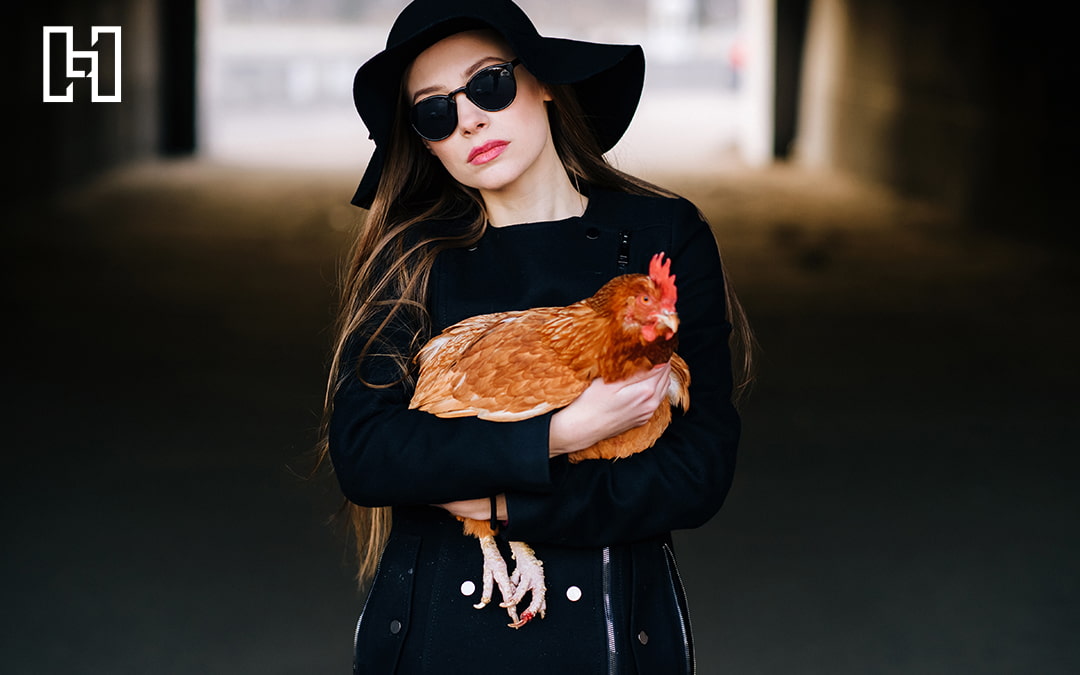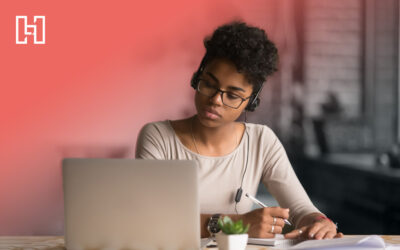COVID-19 has reshaped the way businesses interact with their customers. As daily life changed throughout the pandemic, brands had to adjust sales strategies and adapt to global restrictions with their marketing plans. While global ad spend declined 4.2% in 2020, digital media grew by 8%, reaching $336 billion total. In fact, it’s estimated that digital media accounted for 59% of all global ad spend in 2020, which suggests that many brands turned to social media influencers and digital content creators for marketing during the pandemic. We took a closer look at some of the ways COVID-19 increased the use of influencer marketing.
- Increasing Content Consumption
- Reallocating Advertising & Media Budgets
- Filling a Content Void
- Finding Alternative Paths to Purchasing
- Creating Authentic Content in an Abnormal Time
- Giving Rise to Micro-Influencers
- Introducing TikTok to the Mainstream
- Pushing More Live-Streams

Increasing Content Consumption
Workplaces and schools went remote, and in-person events like weddings, concerts, and sports were canceled, so it’s no wonder that global online content consumption doubled in 2020 to nearly 7 hours daily. The number of active social media users rose by 12.3% in 2020, and the average internet user spent 2 hours and 26 minutes on social media each day in 2020. Marketers had already begun to increase social media budgets, but with a third of 18 to 34-year-olds watching more influencer content during the COVID-19 pandemic, the increase in content consumption naturally led to an increase in influencer marketing.
Reallocating Advertising & Media Budgets
As more eyes shifted online, many brands adjusted their sales and marketing strategies. Although two-thirds of marketers reported a decrease in their overall marketing budget during Q2, only 41% reported a decrease in influencer marketing budgets. Interestingly, around 60% of marketers said influencer budgets would remain the same or even increase. This suggests that influencers provided an effective way for businesses to reach consumers who were unlikely to leave their homes during the pandemic.
Filling a Content Void
Quarantine and stay-at-home orders impacted traditional advertising production. Over a third of advertisers claimed they had to cancel a campaign pre-launch or during production, or at least pause a campaign. However, influencers and content creators were able to fill this content void by safely creating branded content at home. Since most influencers own camera and lighting equipment, they were able to make high-quality content without the help of others when film studios were closed.
Finding Alternative Paths to Purchasing
Influencer marketing strategy also played a vital role in the shift to online consumer purchasing when brick-and-mortar stores were closed or when people simply wanted to avoid stores altogether. In April, retail foot traffic in the United States fell by 82.6%. Meanwhile, over two-thirds of U.S. shoppers said they shopped online more in 2020 than they did pre-COVID-19. Influencers certainly played a role in this increase, promoting online purchases, grocery delivery services, meal kits, and more. It wasn’t all for big business, though—nearly 90% of influencers sought ways to promote small businesses, too, helping them stay afloat during the economic downturn from the pandemic. As purchasing habits changed, more than half of Americans say they’ve purchased a product or service they found from an influencer.
Creating Authentic Content in an Abnormal Time
During the pandemic, influencers focused less on luxurious and exotic lifestyles and instead created more authentic, relatable content focused on hobbies or simple lifestyles. Efforts to create more authentic advertising have been noticeably higher in recent years, but COVID-19 kicked the trend into high gear as consumers sought normalcy and brands sought to lean on influencers’ authentic relationships with their audiences to build more brand trust. In turn, brands and influencers alike shifted content to help followers through unprecedented times, evidenced by the influx of home workout videos, recipes for homemade bread, and loungewear recommendations.
Giving Rise to Micro-Influencers
Micro-influencers are generally defined as influencers with less than 25,000 followers and have a penchant for creating a tight-knit community of followers with similar interests. Since they have a more targeted, niche audience, they can typically can offer a better conversation rate, making them ideal for brands with sales-focused KPIs in social media marketing. After all, research shows that the over 90% of consumers trust micro-influencers more than traditional ads or celebrity endorsements. These communities became a much larger digital outlet during COVID-19 when face-to-face interactions were limited, giving rise to a boom in micro-influencers.
Introducing TikTok to the Mainstream
TikTok was the second most downloaded free app of 2020, falling just behind Zoom, and is home to short-form video content that you can scroll through on the app’s unique “For You Page” algorithm. Around 65% of TikTok users are between the ages of 18 and 34 and spend nearly 500 minutes per month on the app, making it an easy choice for brands looking to engage with younger audiences and generate awareness and loyalty through influencers. With all that engagement, brands were quick to jump on this new platform as a marketing tool, partnering with a variety of influencers to create challenges, dances, hashtag trends, and more, as well as brand campaigns for products like Bomb Pops, Pepsi, and NYX Butter Gloss Pop.
Pushing More Live-Streams
Popularity of live-streams rose as people craved face-to-face interaction and connection at home. Facebook Lives and Instagram Lives increased by more than 50% during lockdown in 2020. With the lockdown-induced boost in digital media consumption, it’s easy to see why brands turned to live-stream videos for influencer marketing. Social media live-stream platforms allowed influencers to answer consumer questions about their favorite products, broadcast unboxings or haul videos of new packages, and create workshops using products they recommend.
Looking to include influencer marketing in your social media strategy? Hurrdat can help! We offer social media services to help connect your brand with influencers. Learn more about our Social Media Marketing services!



